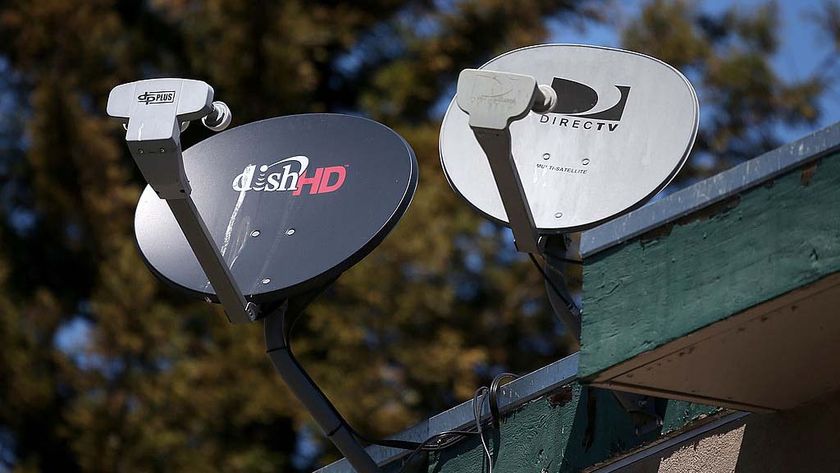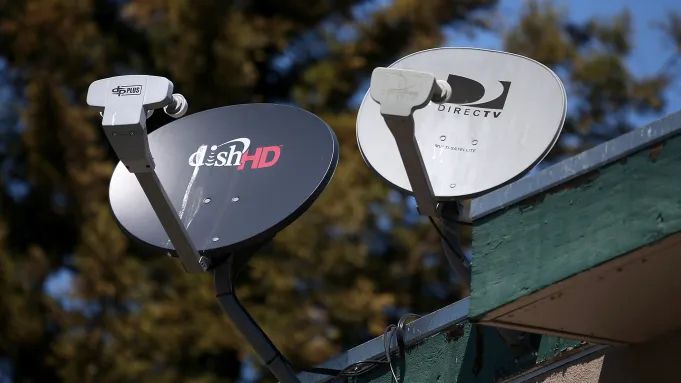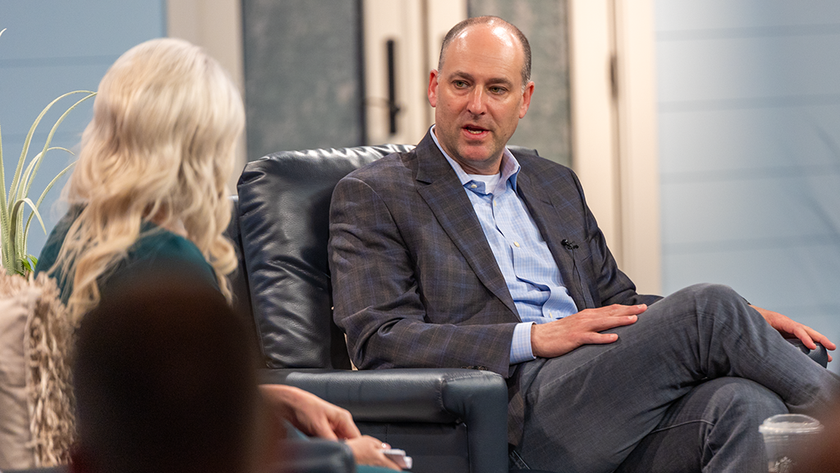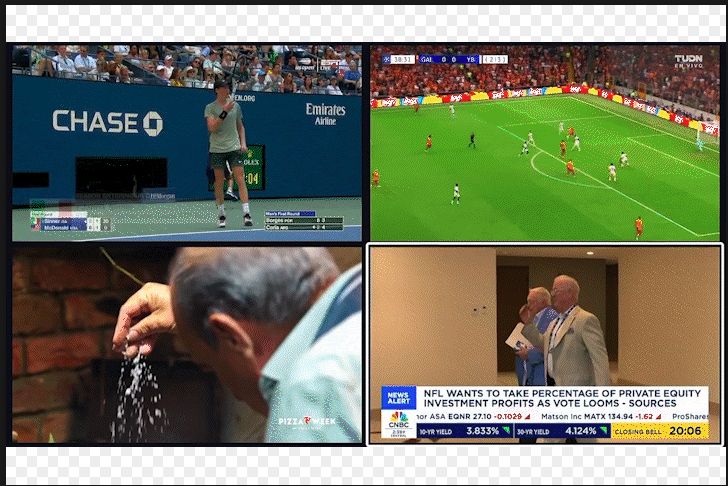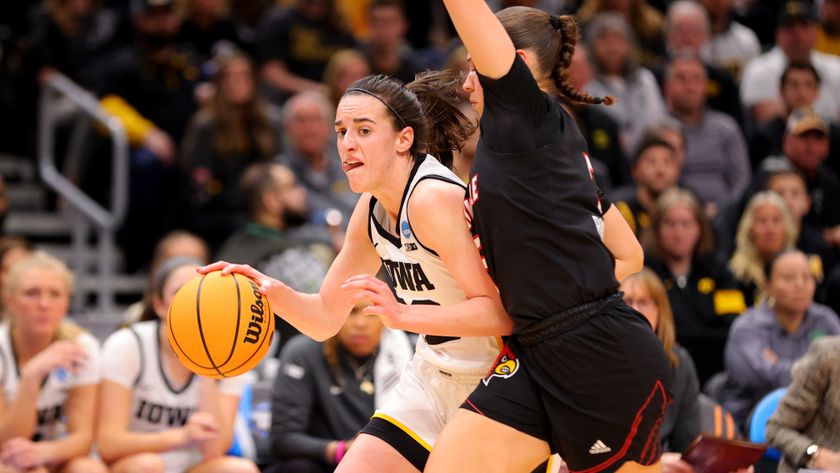Writers Strike Took Toll On Broadcast Viewing: Nielsen
It looks like the TV writers’ strike accelerated broadcast’s primetime viewership losses in the first quarter, while cable continued to see gains, according to Nielsen Media Research data released earlier this week.
Nielsen issued a 17-page white paper on the impact of the Writers Guild of America strike on TV viewing, which found that the average primetime rating for broadcast declined 6.8% during the strike compared with the year-ago period.
“Advertiser-supported cable benefited from the strike, as viewers shifted there from broadcast television,” Nielsen said in its paper.
The bitter strike lasted more than three months, ending Feb. 12.
This week Turner Research also issued its analysis of first-quarter Nielsen ratings, finding that the combined six broadcasters lost 3.2 million households in their primetime delivery, while ad-supported cable gained 2.5 million.
In the quarter, the six major broadcast networks registered a 37.4 share of households in primetime, an 11% drop from the year-ago quarter, according to Turner. Ad-supported cable had a 56.8 share, a 6% gain.
“The big takeaway is the strike isn’t the only reason the broadcast networks have lost ground,” said Jack Wakshlag, Turner’s chief research officer. “They were losing viewers in record numbers before the strike, and the strike only served to make that bigger…There continues to be a shift in eyeballs to ad-supported cable.”
The writers’ strike virtually shut down TV and movie production in Hollywood, and had its most impact on broadcast, which had its supply of drama and sitcom episodes cut off mid-season.
Multichannel Newsletter
The smarter way to stay on top of the multichannel video marketplace. Sign up below.
In its white paper, Nielsen found that the five-network (ABC, CBS, The CW, Fox and NBC) household ratings’ average dropped to a 5.5 from a 5.9 from the strike’s duration versus the year-ago period, a decline of 6.8%.
In terms of primetime household share, Nielsen’s report said that English broadcast dipped 2.6%, to a 34.7 from a 37.3, during the strike. Ad-supported cable increased 1.5%, to a 46.0 from a 44.5, according to the Nielsen white paper.
The Internet was also the beneficiary of the strike, the report said.
“In year-to-year comparisons, time spent at video and movie sites rose significantly during the principal three months of the strike, increasing an average of nearly 18 minutes,” Nielsen said.
